What are the terraces: project options
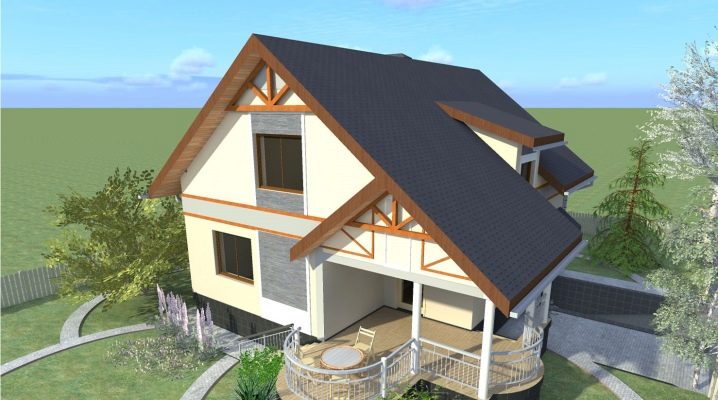
Very often, the owners of summer cottages and private country houses prefer a terrace to a classic veranda. But not many people know that these two structures are significantly different from each other.
What is it: features
According to SNiP, the definition of "terrace" includes all structures that are attached to the main building, but do not have glazing. This can be an open area or a place under the roof in front of the entrance to the house, above it (if this is the second floor) or on the opposite side from the entrance to the room, for example, with an exit directly from the living room. The terrace may have a roof that protects from precipitation and provides shade on a hot day.
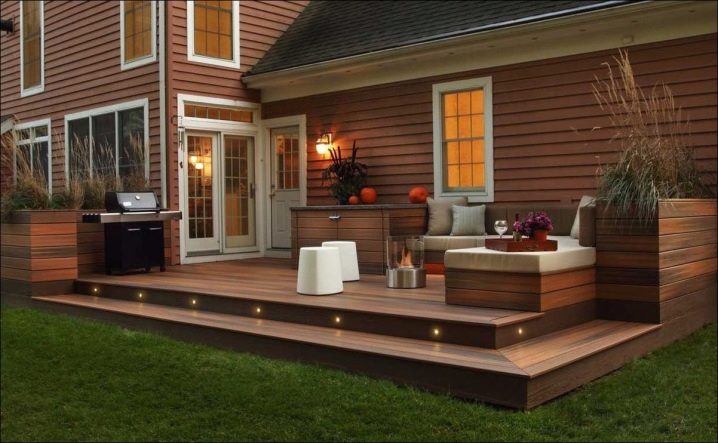
The terrace can play the role of a gazebo, but it is much more convenient her, since it is located next to the house, that is, during lunch or dinner in the open air, the hostess does not have to run a decent distance several times to set the table or serve guests. Also, the terrace can be a kind of greenhouse in the warm season: all indoor plants that have been in a stuffy room for many months are brought here. They should be given fresh air, which they lacked so much during the long winter.

The terrace will allow you to make any rest more comfortable, since being in the fresh air for any living organism is always better than indoors, but, of course, if the weather conditions are conducive to this. In the summer, you can organize a summer kitchen here without cluttering the interior with crops. This way, a lot of dirt won't get into the rooms.
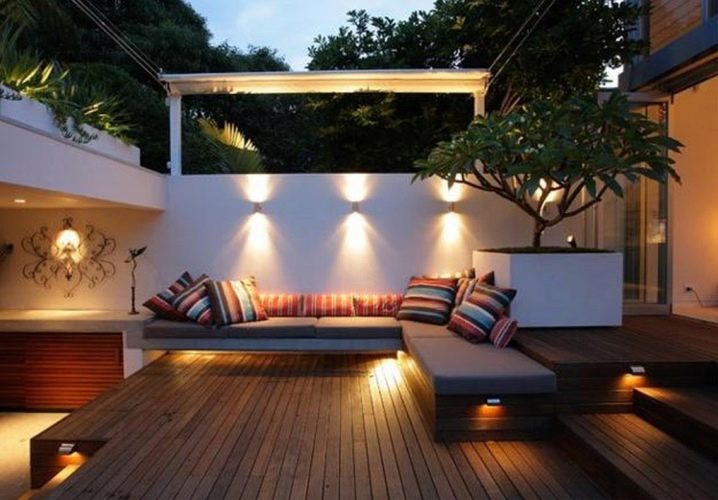
Differences from the veranda
According to the same regulatory document, the veranda is an extension to the main building, which differs from the terrace in that it is glazed. That is, any enclosed space that is located in front of the main entrance to the house can be considered a veranda. In addition to the annex, the veranda can be a built-in room and have common load-bearing walls and foundation with the house itself. But it must be glazed, as otherwise it will turn into a terrace. It is in the glazing that their main difference lies.
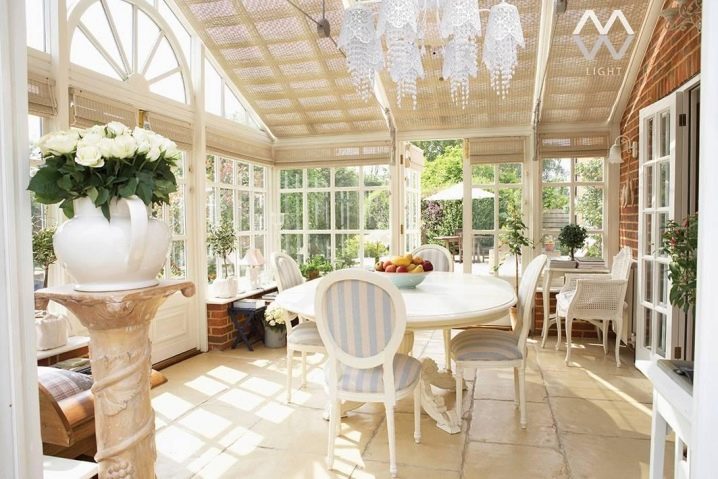
By the way, the veranda may not have walls at all and may be a kind of "aquarium" - instead of partitions, double-glazed windows can be installed. Such a building is loved by adherents of modern styles and eco-trends, since glass allows you to fully open the view of the surrounding landscape and let in as much sun as possible into the room. The same option is used as a winter garden, but on condition that the heating system allows it to warm up in the winter season, creating comfortable conditions for the growth and development of plants. The terrace, of course, cannot have such a function, since it is simply stupid to heat it in winter.
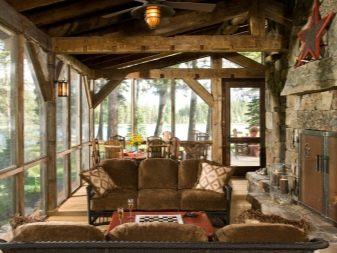
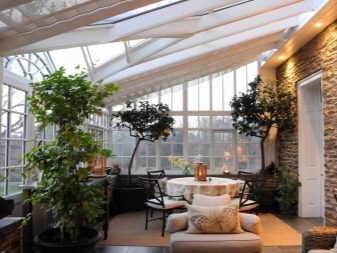
Types and location
The terrace, as mentioned above, can be located not only at the entrance directly to the house, but also on any other side. For example, the popular version of the living room with access to the terrace. In this case, it becomes possible to create an additional relaxation zone in the house, which will be available during the warm season. In the case of arranging such a site, swing doors play an important role, which will lead from the living room to the street.They should swing open as wide as possible, the width of the opening can easily reach 2 m with a standard of no more than 1 m.
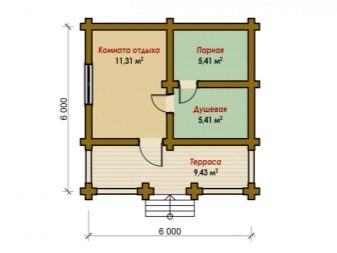
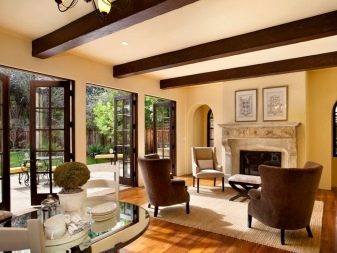
The option of opening its doors is also of great importance. The choice in this case depends only on the style in which the living room is decorated. For example, if this is a classic, then it is worth considering the option of two wide doorways, decorated in the color of all the doors in the house, but swinging open at the same time outward. This will practically remove part of the wall of the room and allow fresh air to fill the room with summer aromas.
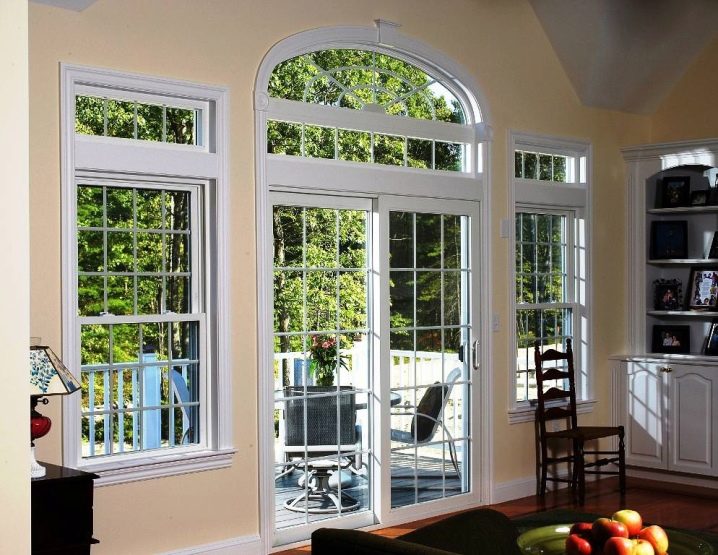
Admirers of hi-tech or minimalism style can consider sliding glass or plastic structures that move in opposite directions. They will look especially impressive if the door occupies the entire height of the wall: from floor to ceiling, and reaches at least two meters in width. This technique will allow you to create a feeling of being on the street without leaving your home.
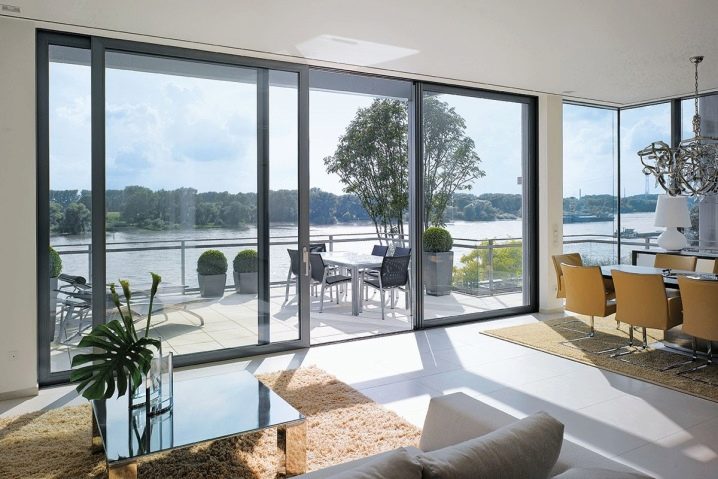
An interesting option is the location of the terrace at the entrance to the kitchen. Thus, it may well play the role of a dining room. In this case, the terrace must be properly decorated and furnished with suitable furniture. Be sure to take into account that there should be at least two more places at the table and chairs than family members. The stock is needed in case friends or relatives come to visit.
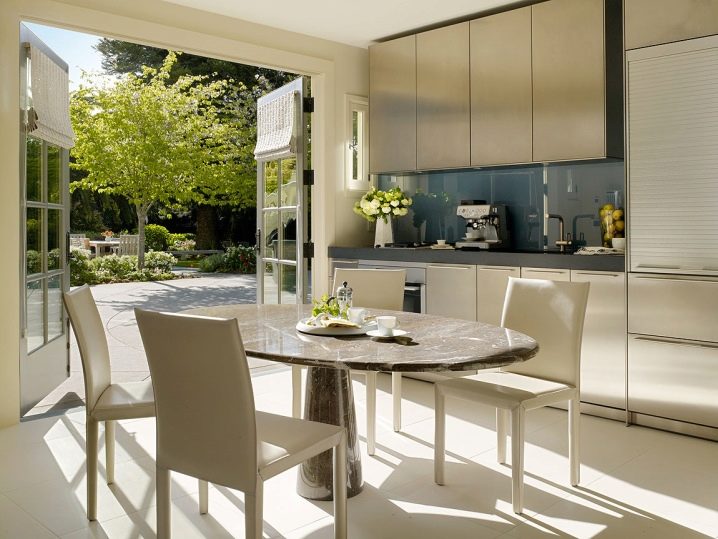
If the owners are very hospitable people and often gather noisy and large companies, then, accordingly, a larger supply should be taken into account. Alternatively, you can use transformable furniture: in such a dining room, a sliding table and folding chairs will be appropriate, which stand modestly in the pantry, and, if necessary, are always at hand.
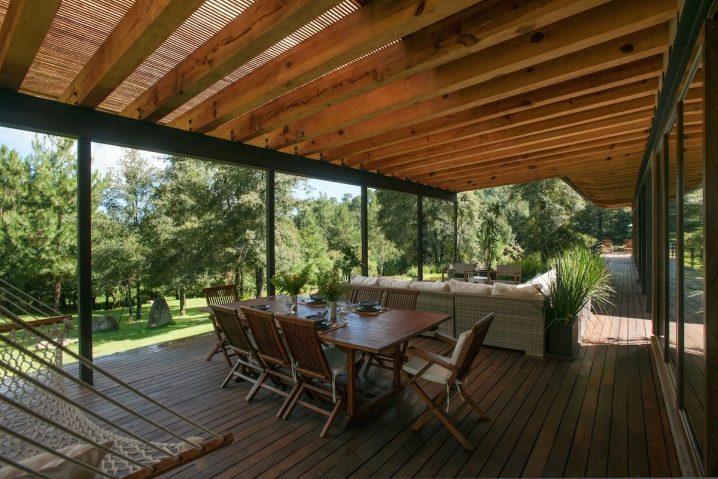
Another common option is the location of the terrace on the second tier above the garage. In this case, it will replace the balcony and can play the role of a solarium. There will be an opportunity to sunbathe under the warm sun, without disturbing the household and not embarrassing the neighbors. You can exit to the terrace from the bedroom or directly from the second floor corridor - it depends on the layout of the house.
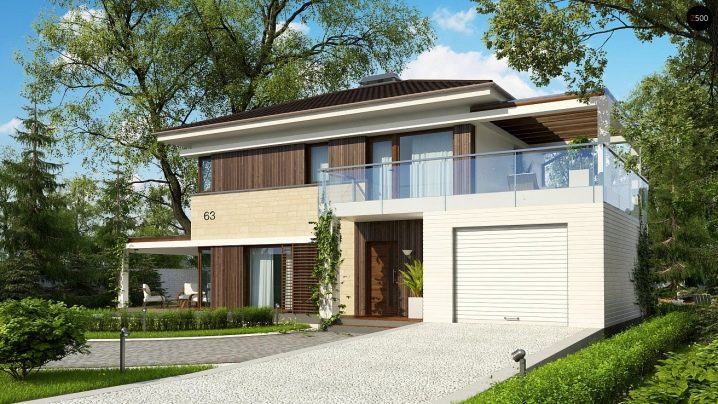
Legalization
If the owners of the house decided to build a terrace when the main building has already been put into operation and is successfully used, then for its legal construction it is necessary to obtain the appropriate permission from the regulatory authorities. This needs to be done for several reasons. Firstly, you need to make sure that its construction is safe and does not pose a threat to the reliability of the main building and there are no communications under it that can be damaged during the development process. Secondly, in the case of a sale, all objects on the site must be displayed in the data sheet for the property. Failure to do so could result in a significant fine.

It is especially important that all documents for real estate are in order. This applies to those regions that are periodically exposed to natural disasters: flooding, hurricanes, as well as the risk of fire, from which, unfortunately, almost no one is immune. If, due to natural disasters, significant damage is caused to the property, then it is almost impossible to prove that once the total building area was more than indicated in the plans. Therefore, in this case, you will not have to count on compensation for damage or loss of an unauthorized building.

Before starting construction, it is necessary to draw up a plan for the future construction, applying it to the existing drawing. Such a project can be drawn up independently, or you can contact design organizations for this, which will solve this issue for a certain fee. Also, for an additional fee, they can also take care of obtaining permission from the BTI, and after the construction of the terrace, register the changes in the Federal Register. As a result, the owner will receive a ready-made registration certificate for the new building.

But this option will not work for those families whose budget is limited. In this case, you will have to do everything yourself: draw a diagram indicating all materials and sizes, stand in lines at the supervisory authorities and obtain permits from the Bureau of Technical Inventory.

To save time will help contacting the portal "Gosuslug" or the "Multifunctional Center" of the region of residence. The One-Stop Shop system, if all the necessary documents are available, will allow you to obtain the necessary permission at one time. After construction and inspection by inspectors, it is also possible to receive an updated registration certificate and technical passport for a building, which already includes a terrace, in one visit.

Design options
The modern low-rise construction industry offers a wide variety of project options that also have room for a terrace. This part of the house has recently become practically a necessity for residents of country houses, tired of the noisy bustle of a large metropolis, therefore, designers, when developing the architecture of individual housing construction projects, take into account these needs.

The location of the terrace relative to the main building can be very different. - it depends on the structural features of the building and the wishes of the customer. As a rule, its site is located on a foundation separate from the house. This is done so that when the house shrinks relative to the terrace, it does not go down, because the weight of these structures is significantly different, especially if the house is two- or three-story.
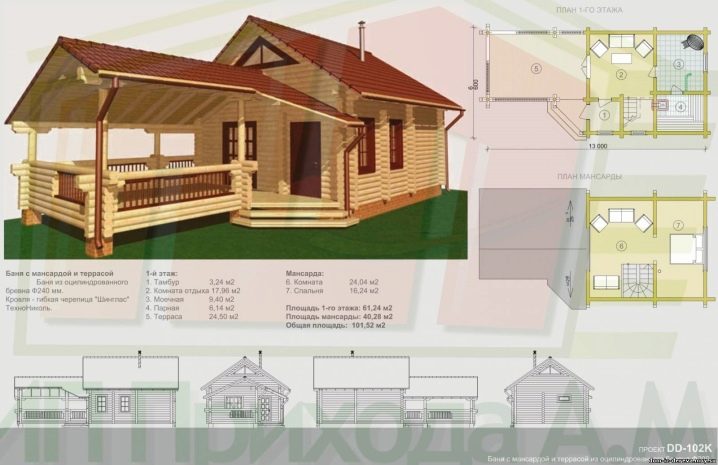
The location of the terrace not on the foundation in its classical sense, but on screw piles will greatly facilitate the construction of this structure due to the speed of construction and low cost. When driving piles, it is imperative to take into account the depth of soil freezing and the load that the terrace itself will exert on them.
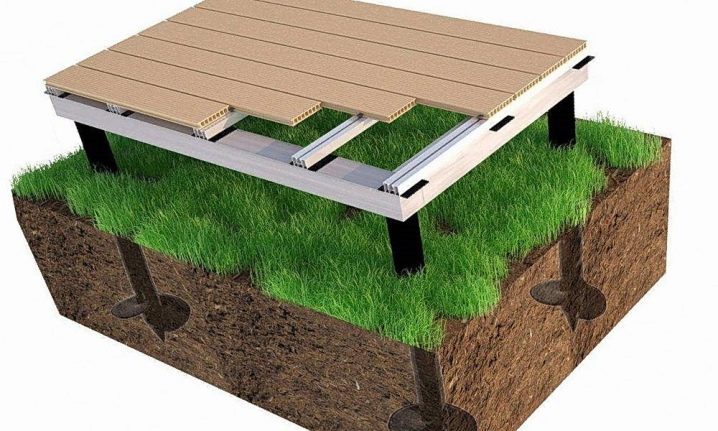
An open extension to the house can be large enough and bend around the house or half, while having two main exits and a front one, for example, from the kitchen or living room. Such a solution will be appropriate if there is a sufficient area of the house, otherwise there will be a significant imbalance in the exterior and the proportions of the entire building will be visually disturbed.
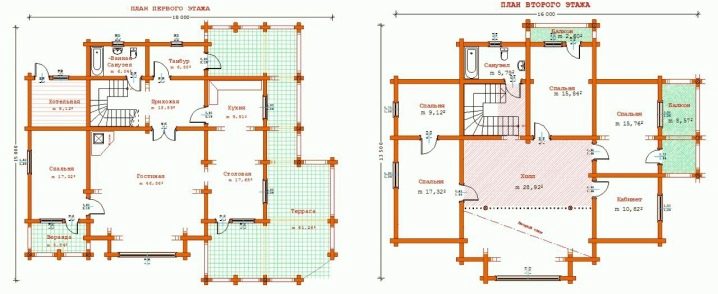
An interesting option is with partial glazing of the terrace walls. If you make full glazing, then it will already be a veranda. Therefore, in order to comply with the rules of SNiP, it is necessary to decide which walls will be fenced off from the outside world by a transparent partition. As a rule, this is necessary if there is a fireplace or a summer kitchen on the terrace. The wind blows well from all sides of the open area, therefore, in order to avoid the spread of fire, the side of the terrace where the hearth is located should be protected from the influence of the environment.
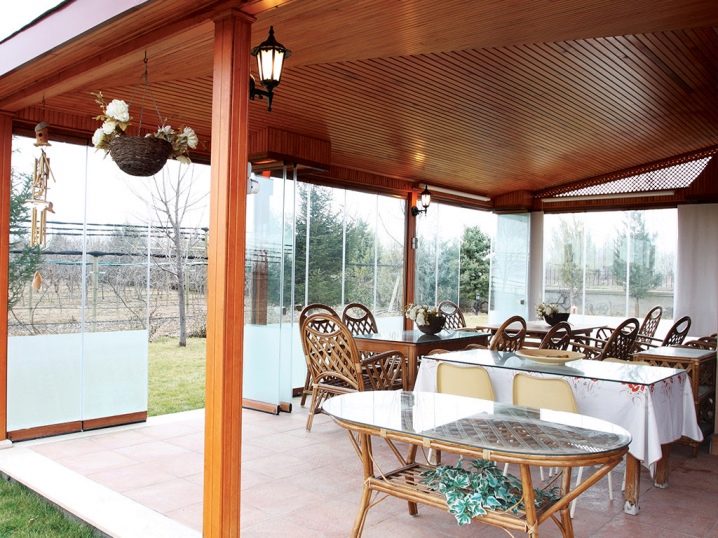
The option of a terrace with a barbecue area located on it may be of interest. Such a technique can make the rest as camphor as possible. Having placed a table here for eating, you can comfortably sit down to relax and enjoy the aroma of food freshly cooked on the grill.
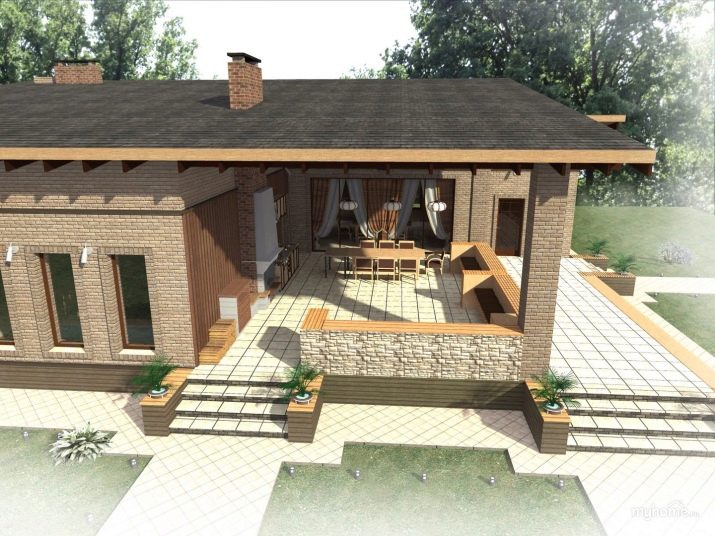
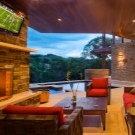
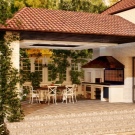
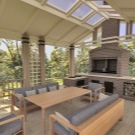
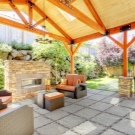
If the area of the terrace allows, you can make an exit from it to a small shed. An inconspicuous door next to the main entrance to the house will not be conspicuous. Such a technique is very relevant if every square meter of the land area counts and it is very difficult to find a place for a barn.
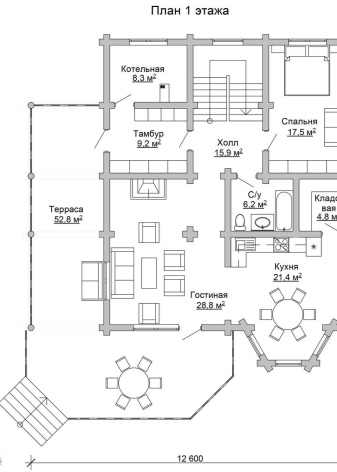

Separately, it is worth considering the location of the terrace on the second floor. For wealthy people spending the summer outside the city, in addition to arranging a solarium on the upper tier, you can consider building a swimming pool here. Such a project will cost a significant amount, but it is worth it. It is unlikely that it will be possible to design it on your own, unless the owner has an engineering education, so it is worth contacting specialized companies.Moreover, the company should not only provide services for the construction of individual housing construction, but also have specialists in the staff who are able to competently plan the connection of communications to such a non-standard architectural solution.
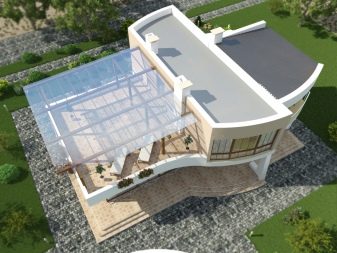
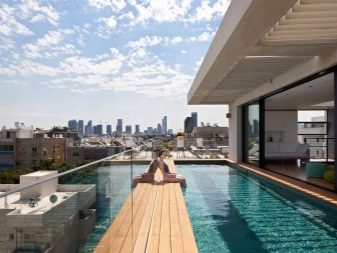
Usually, the companies that built the pool undertake to monitor its condition, carrying out maintenance on time and replacing components if necessary. You can also buy chemicals from them to maintain optimal water quality.
What to build from: choice of material
If you have an idea to equip a terrace near your home, you should definitely decide on what it will be built from. This factor is decisive, since the reliability of the entire structure and its attractiveness will depend on it.

Wood is a classic building material that has been used for thousands of years. For a terrace, wood can serve as both the main and the finishing material. As a rule, the frame is made of a bar with a section of 100-150 mm, elements are used for the supports slightly thinner, but provided that the roof is not very heavy and is partially fixed on the adjacent wall of the house.
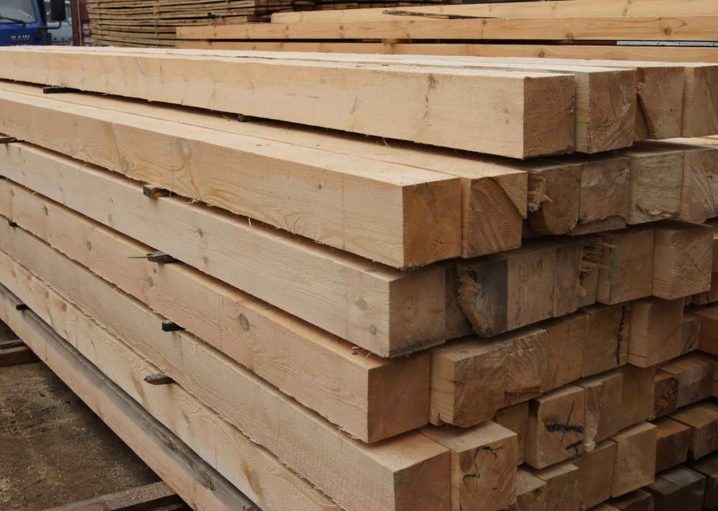
The floor is made of decking, which is laid on wooden logs. A larch board is best suited for this. Its properties - durability, resistance to parasites and moisture - will make the flooring resistant to various kinds of influences, which gives the right to consider it almost eternal.
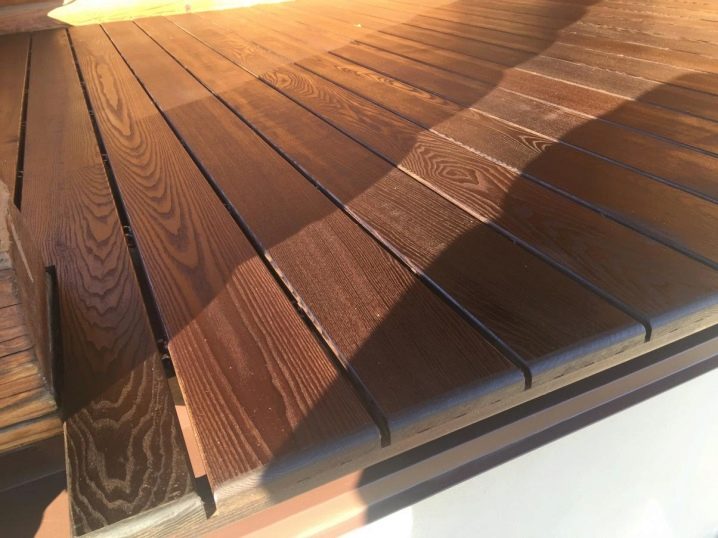
Wood derivatives such as chipboard and fiberboard are rarely used to create a terrace. As a floor covering, they will not be suitable in their pure form, since they are not able to cope with the humidity that is abundant on the terrace during rainy times. The only exception is WPC - a wood-polymer composite created from a mixture of plastic and wood in a special way. It has all the advantages of plastic, but is devoid of the disadvantages of wood: it does not absorb moisture, is resistant to insect pests and direct sunlight. This is the ideal material for finishing the terrace.
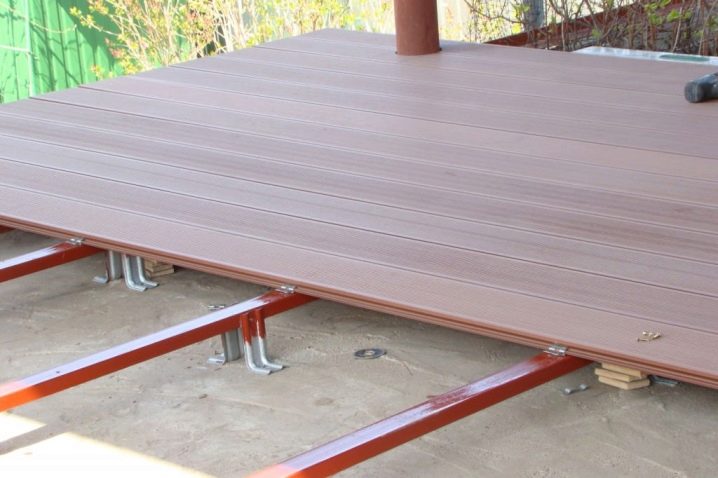
Metal is also often used to create this type of annex. Very often you can see solutions using forged elements. As a rule, railings and fences are forged. Unfortunately, not everyone can afford such a design, since the work of a blacksmith is quite expensive, and in order to master these skills on their own and do such work with their own hands, it will take more than one year of hard work.


With a limited budget and a great desire to have a wrought-iron terrace, you can use industrial products. Despite the fact that forging parts are produced by a conveyor belt and are not unique, they look quite nice and, at first glance, are hardly distinguishable from a single master's work. In this case, there is even a definite advantage: you can arrange the railing on the terrace and the balcony railing in the same way. Thus, the composition will look organic, and you can demonstrate to those around you your taste and sense of style.
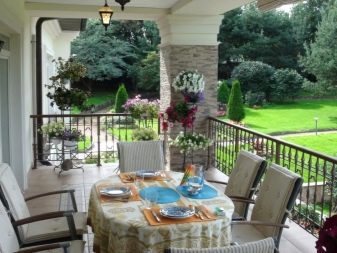
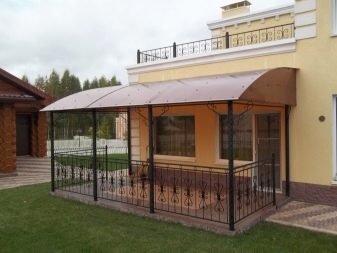
Finishing
Since the terrace is an open space that does not imply walls, the floor covering is important when decorating. It is fundamental when creating the design of this territory, and it is necessary to build on it when designing the design of the entire space.

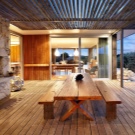
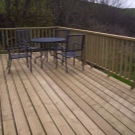

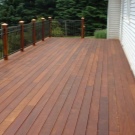

The classic of the genre is the wood floor. Planks laid along the terrace will visually enlarge the space and create a special atmosphere. In this case, it is very important to correctly process them.
It is imperative to treat the wood with a special impregnation that performs several important functions at once:
- moisture protection;
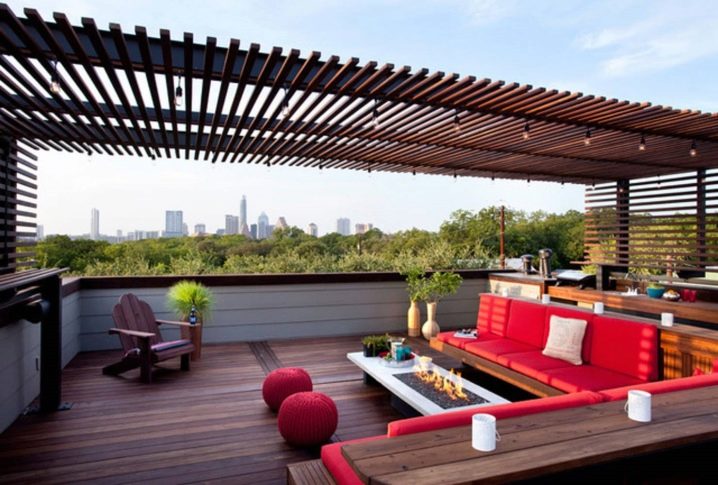
- resistance to heat and temperature extremes;
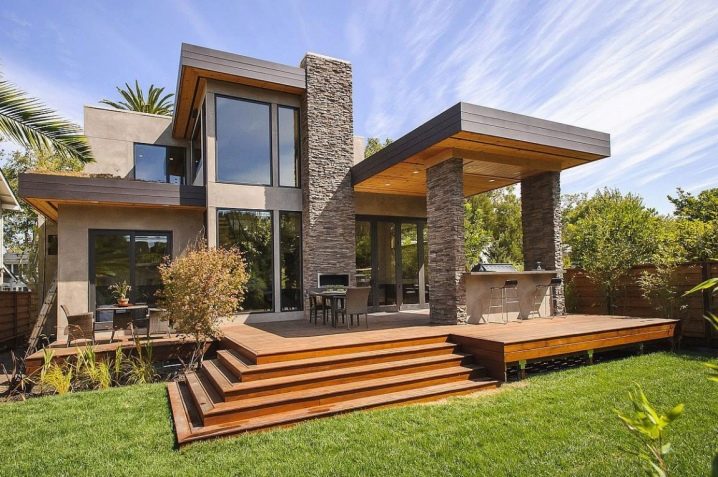
- protection from rodents and insects;

- resistance to decay.
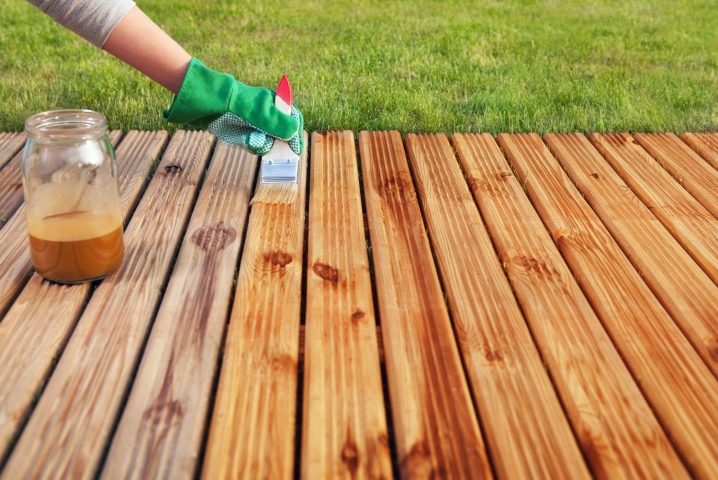
If the board possesses all these qualities, then you can be sure that the floor from it will last a long time, and it will not be afraid of rains, direct sunlight, temperature drops and wood borers.
If the style of construction does not imply the use of wood in it, then you can consider such an option as ceramic tiles or porcelain stoneware. This floor is guaranteed to last a long time and will look very presentable. Moreover, the characteristics of such a coating are no worse than those of wood.
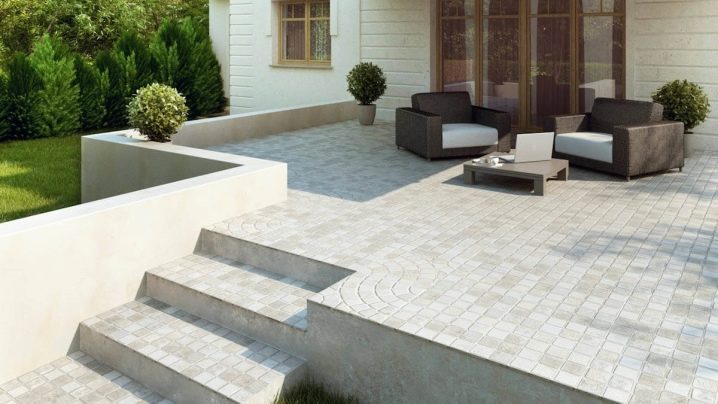
The main advantages of using tiles on the terrace as a floor covering.
- Possibility to choose any design. Since tiles can imitate almost any material, any style can be realized with the help of tiles or porcelain stoneware.
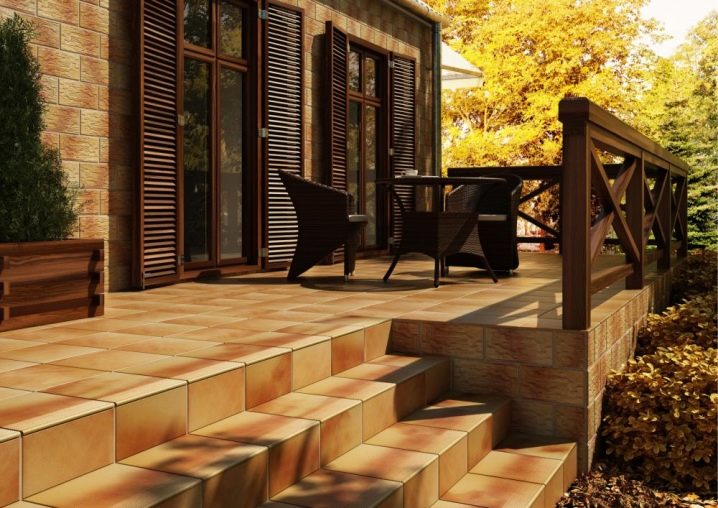
- Resistance to external factors. The tile is not afraid of moisture and fire, it is resistant to increased loads and claws of pets. On porcelain stoneware, you can safely walk on heels and not be afraid that the floor will be damaged.

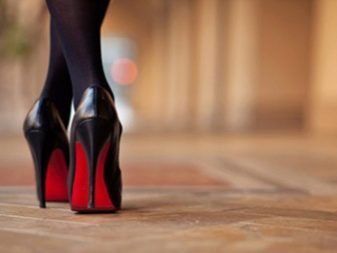
- Durability. Since the service life of porcelain stoneware reaches several decades, then, most likely, it will have to be changed not when the need for repair arises, but if it simply gets bored. Therefore, it is worth considering the design of the floor in advance, so that even if the design of the entire terrace is changed, there is no need to change the floor covering - this will significantly save money and time.
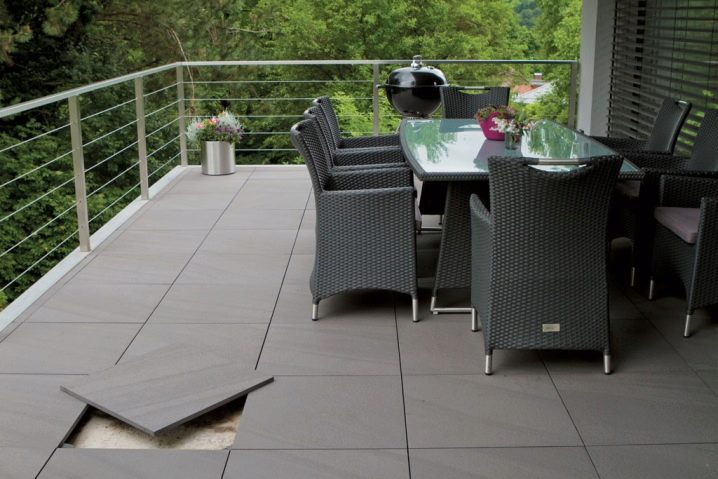
Like any other material, ceramic tiles also have disadvantages. The main one is the need to carefully prepare the surface for laying it. In this case, you cannot do without a concrete screed. Ideally, if a self-leveling floor is applied on top of it - this way the tiles are guaranteed to be laid for centuries and the coating will look perfect.
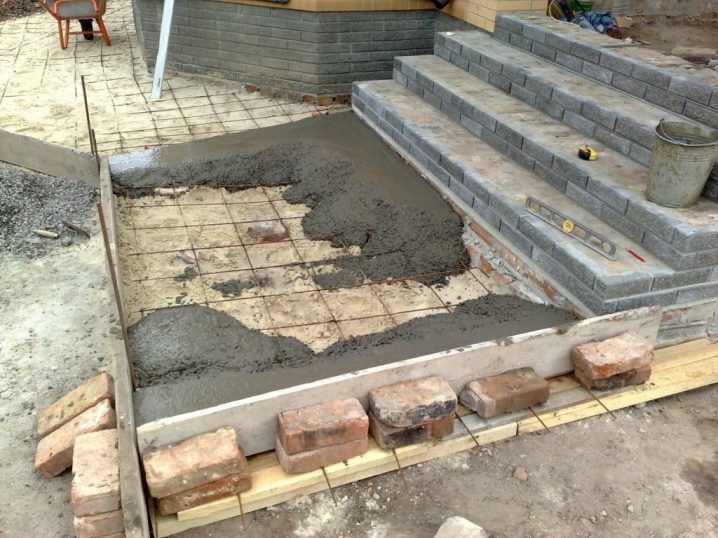
Another disadvantage of ceramics is its slipperiness. Since the terrace assumes periodic ingress of moisture on it, this quality often becomes the factor due to which many refuse to choose it. But this drawback can be easily eliminated by choosing tiles with a textured or rough surface for laying on the terrace.

Another fundamental part of the terrace is the ceiling. Its decoration is most often made from natural materials. Very rarely, the ceiling is covered with plasterboard, because in the open air it is not particularly practical due to the periodic increase in air humidity and temperature changes, which over time will lead to its deterioration. Whitewashing is not considered for the same reasons.
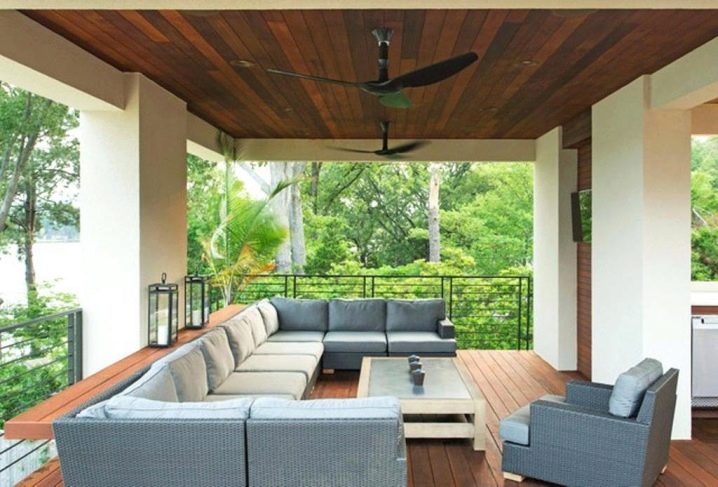
A stretch ceiling can be used on a terrace, but it is almost impossible, since for the installation of most types of canvases, it is necessary to significantly heat the air in the room, which is quite problematic to do on the terrace. It is unprofitable to use more expensive types of canvas, for example, fabric, outdoors, as there is a high risk of damage from the effects of birds and insects.
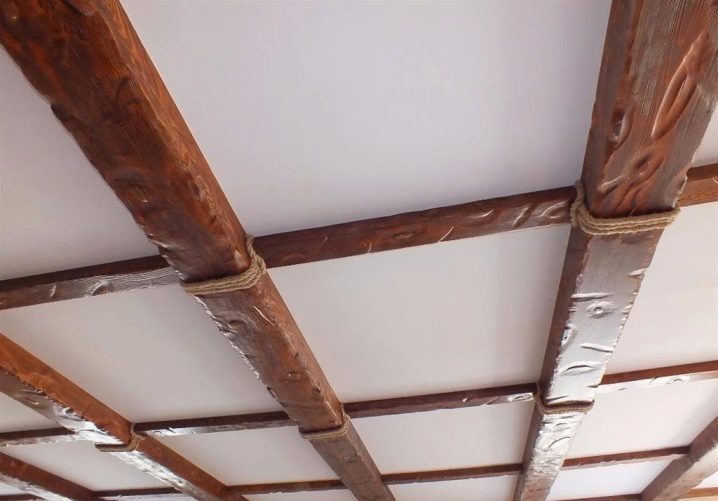
It is worth considering such an option as false beams. In addition to the fact that they can perfectly disguise floors, you can mount hidden wiring in them by organizing lighting. In addition, the beams are able to convey the magical atmosphere of coziness and rustic simplicity, which is so appreciated in a suburban area.
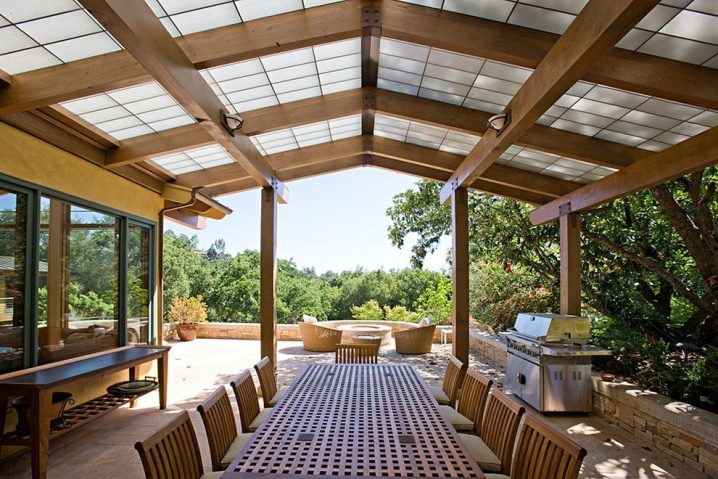
Also, the covered ceiling on the terrace can be simply painted. It is worth choosing for this moisture-resistant paints and varnishes that tolerate temperature extremes well. Latex or acrylic paint is fine for this. Its color should complement the style in which the terrace is decorated. This should be taken into account even at the stage of choosing a dye, so that later you do not have to additionally buy a color scheme and change its color.

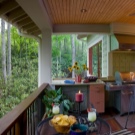


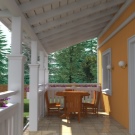

Design and accessories
After creating a project and building a terrace, the most interesting thing comes - its design. At the same time, it is advisable to adhere to a certain style so that the design matches the general style of the house, but at the same time fits into the overall exterior.
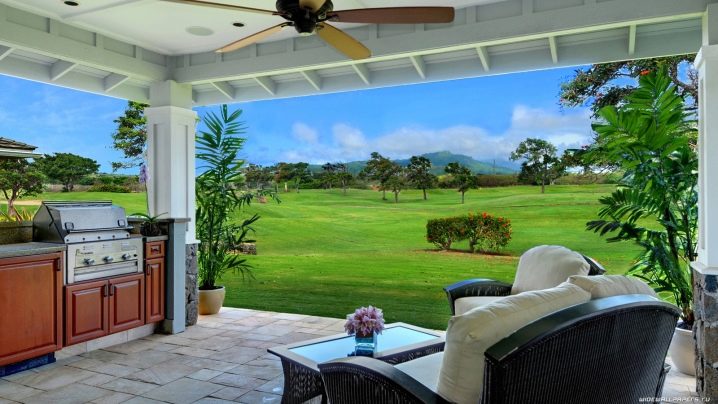
Country
The style of the rural hinterland is almost a classic in the design of country houses. It embodies simplicity and spontaneity, while looking very cozy and soulful. You want to be in such a room.

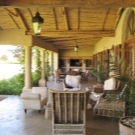
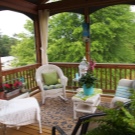
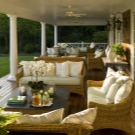
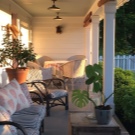
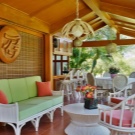
To decorate a country-style terrace, you need to adhere to a calm range of colors, choosing gentle and pastel colors for decoration. Beams of natural wood color will look interesting, and not only on the ceiling, but also on the walls. A fireplace is required - the hearth will create exactly the comfort that characterizes this style.
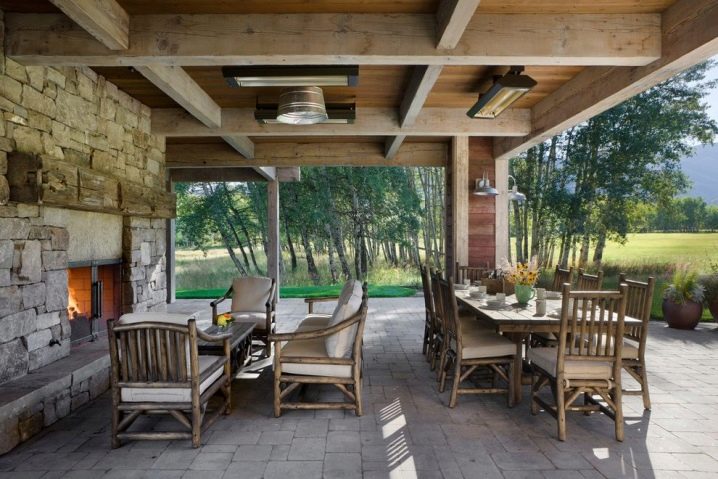
Textiles are of great importance. Curtains, tablecloths, napkins should be made in one color, preferably white or delicate milky. Beige and brown colors are welcomed in the design.

Provence
Style in the spirit of the French province. The important "characters" here are flowers. Without them, any room decorated according to the canons of Provence will not be complete. Small floral prints on curtains, tablecloths are welcome. You can hem the embroidery on the fabric, which will be repeated in all its types.
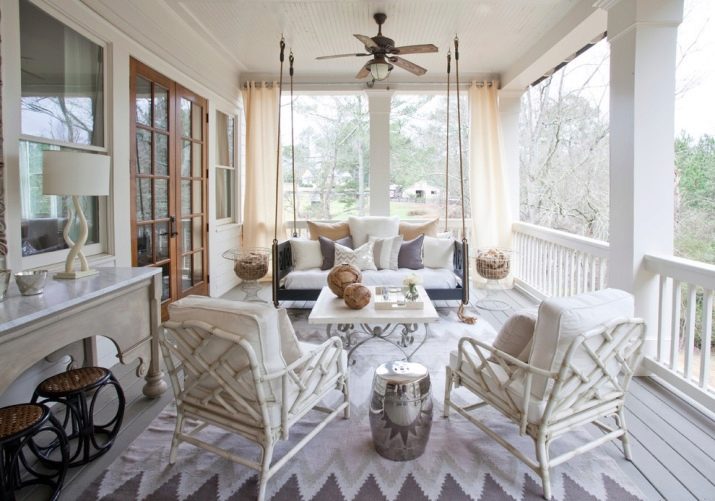
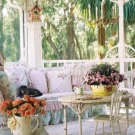

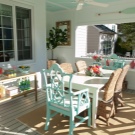
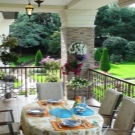

It is obligatory to arrange small bouquets in different parts of the room, and not only fresh flowers, but also dried ones are welcome. A sprig of dry lavender, placed on the wall, is the personification of the Provencal coast of France.
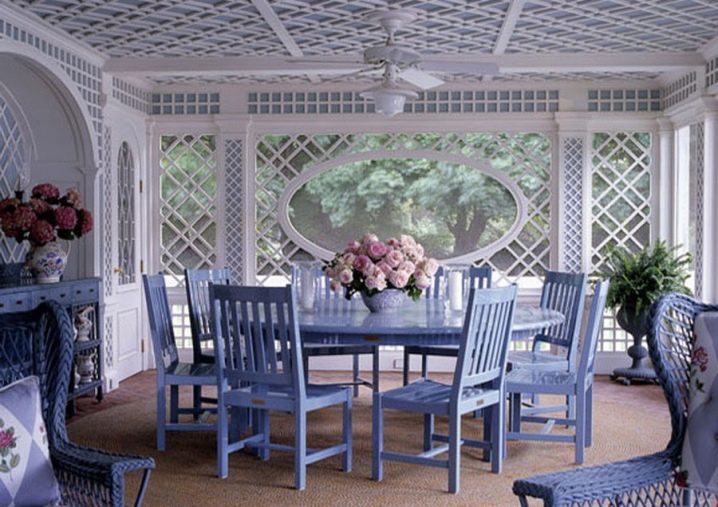
You should also pay attention to the furniture. On a Provencal terrace, it is not planned to make a complete decor, but a small pencil case or a dining table would be quite appropriate. Objects should never be new: ideally, if they are the same age as your grandmother. If it is impossible to find such furnishings, then you can use modern technologies and "age" rather "young" furniture with craquelure.
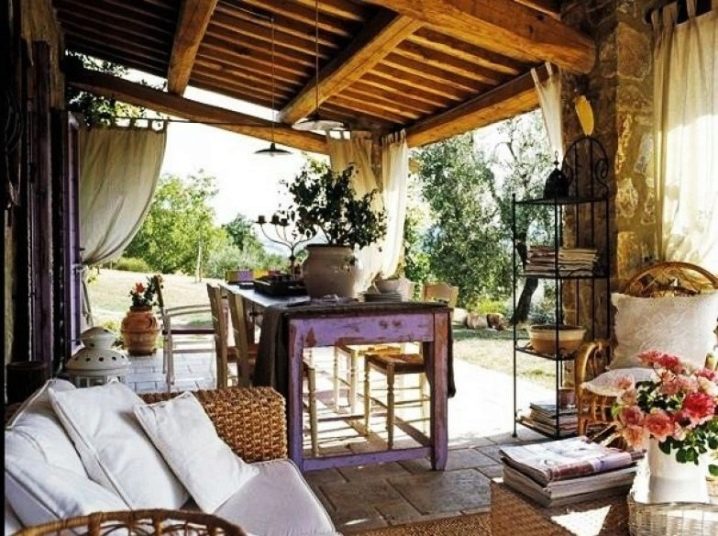
Shabby chic
Lovers of grace and beauty can try to decorate the terrace in the shabby chic style. This direction conveys a girlish mood, allows you to realize your wildest fantasies.

The main color in this style is white. An abundance of fabric, ruffles, and various frills are welcome. Ideally, if the furniture is wicker, it is also white. Perhaps on such a terrace there is a place for a carved sofa with a high back or a small hanging swing, also decorated with fabric.
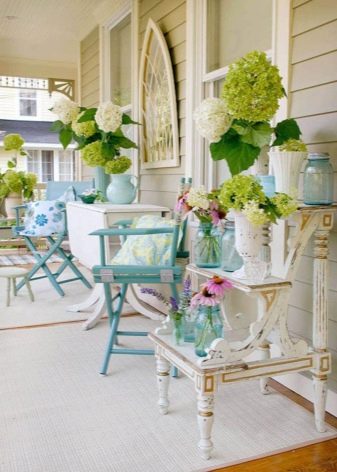
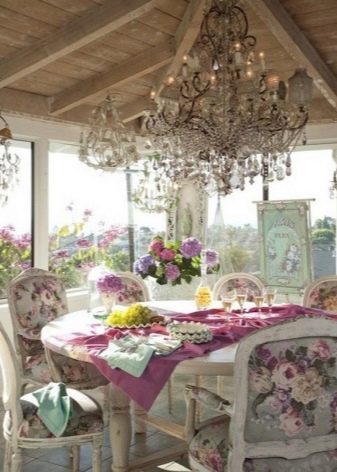
The combination of white and pink looks very interesting. In this case, a lighter tone will be dominant, while pink will shade it. In this case, flowers, pads, dummies and even dishes can become contrasting elements. The main thing is that all these details are very elegant and delicate.
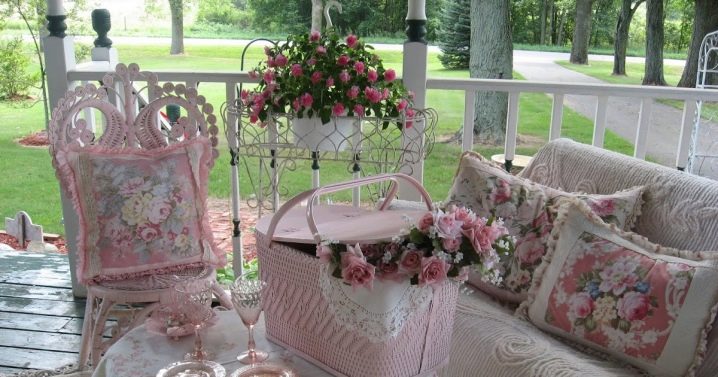
Loft
Repair without repair - this is how this direction can be characterized. In the design of such a terrace, a minimum of finishing materials are used, and, if possible, everything remains as it was at the stage of rough finishing.
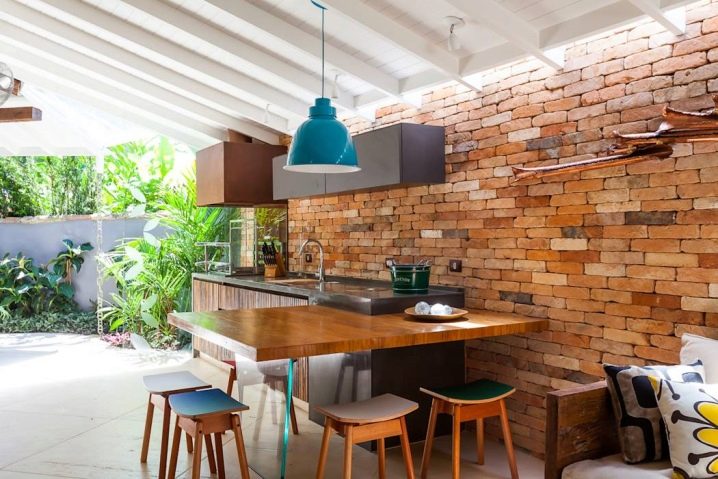
Brick walls, open beams, possibly utility pipes, wiring not hidden in a cable channel are welcome. A minimum of textiles is used in this direction. If there is a need to hide from the sun, then preference should be given to roller or Japanese curtains, which, when folded, become invisible. You can also use roller shutters, which will be more than appropriate in the loft space.
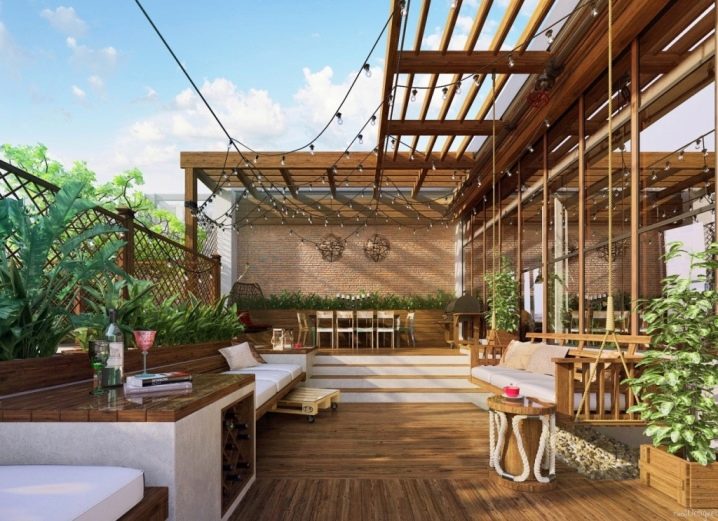
Furniture also should not be distinguished by special sophistication. By the way, in a loft interior, a home-made furnishings will be appropriate. For hand-made lovers, this is the perfect option to show guests their creativity. Having made a sofa and a table from pallets and painted them, you can create an atmosphere, and save money on buying furniture, and bring your creative ideas to life.

Ecostyle
This direction is the embodiment of the fusion of man with nature. Everything on such a terrace should say that people live on Earth and are surrounded by wildlife. Furniture should be made of natural wood, rattan will also be appropriate. The walls are decorated with inserts from natural materials.

For example, you can lay out a part of the wall with natural stone, and on the other side, place a panel of bamboo stalks. Plants and flowers will be very useful here, but in no case cut in vases, but only in pots.
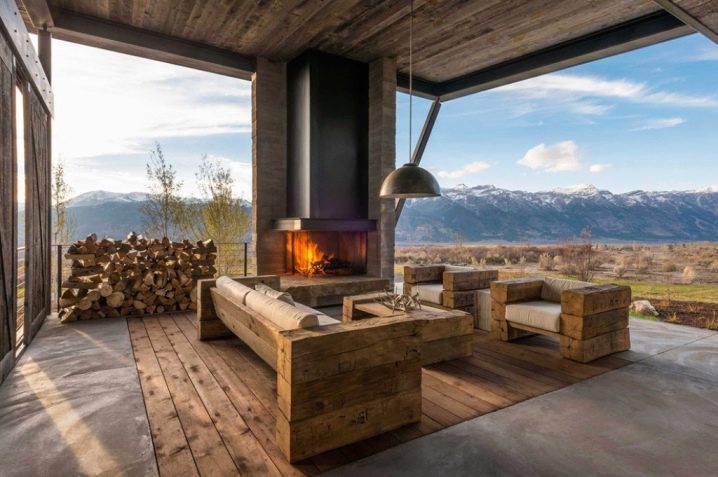
In the southern region, you can create a small "jungle" on such a terrace, if you plant climbing plants next to it, which by the middle of the season will wrap around it from all sides, thereby creating an atmosphere of tranquility and solitude.
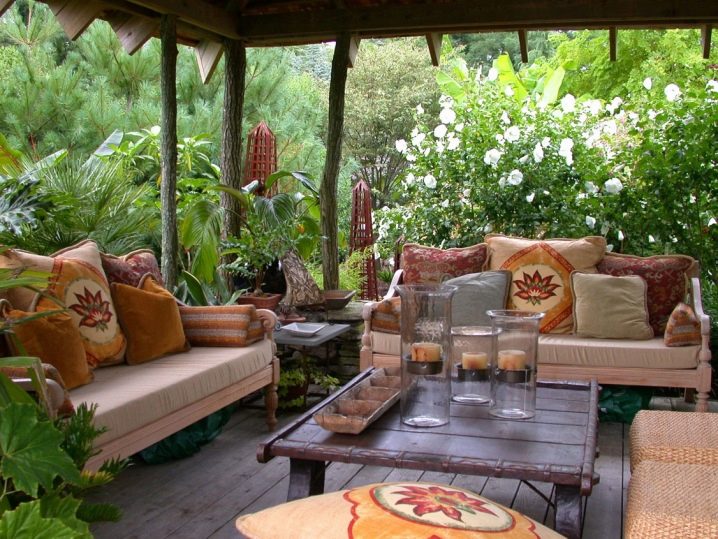
Classic
The classic style does not provide for unnecessary decorations, such as baroque, but nevertheless, accessories are appropriate here. It is important that they are not pretentious and do not attract too much attention to themselves, but only complement the design.
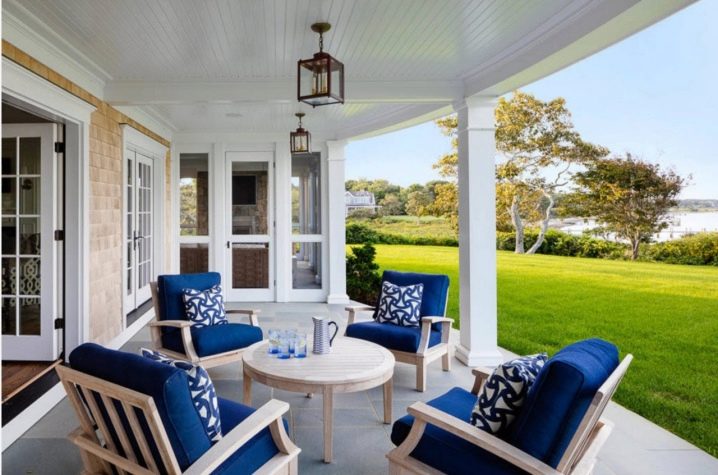
There should be no overly bright details on a classic terrace. Of the colors, two basic shades should be preferred. It can be, for example, light beige and brown or pale pink and maroon. To this tandem, you can add one or two details of a brighter color to create contrast, but no more. This could be a pillow on an armchair or a vase.
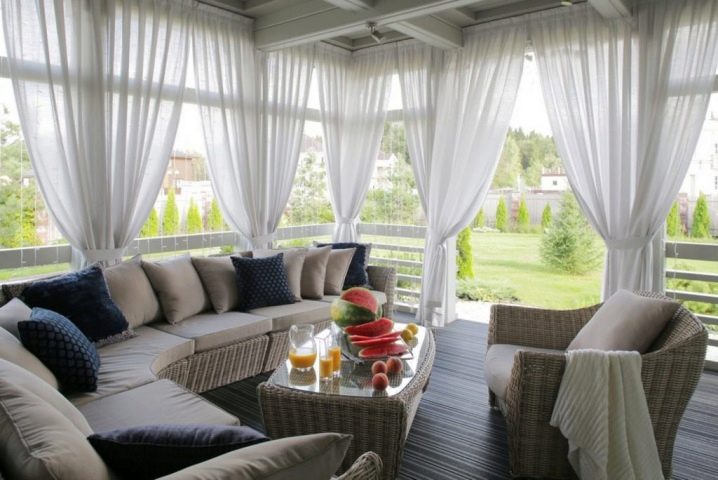
Furniture in the classics is supposed to be solid and solid. She should demonstrate by her appearance the solidity and prosperity of the owners. On the wall, you can tell a few family photographs or a picture of a classic painter.
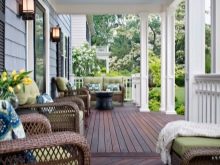
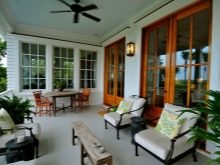
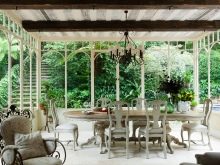
Beautiful examples of buildings
The classic version of the terrace design. There is nothing superfluous here, but at the same time, the atmosphere is conducive to relaxation and tranquility. The wicker rocking chair, which is the embodiment of the classic style, looks more than appropriate here. The entrance to the house is framed on both sides with pots of flowers, as if welcoming guests and declaring the hospitality of the owners.
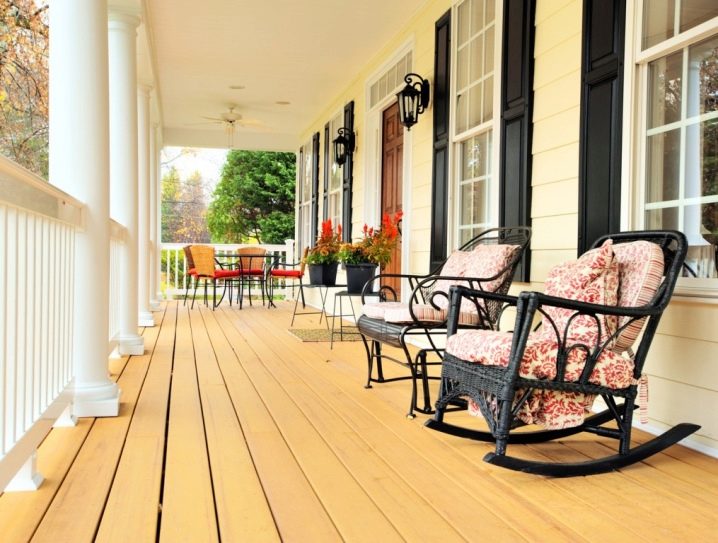
Weather permitting, you can sit at the table with your morning coffee and read the newspaper. Decorating the terrace will not distract from relaxation and quiet pastime.
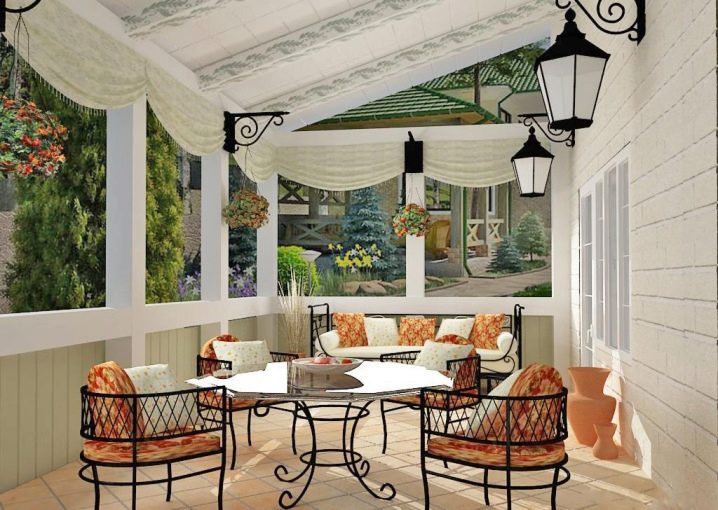
An example of a Mediterranean style terrace. The dominant color is blue. The abundance of pillows on the sofa, which repeats the shape of the building, will give you comfort while in such a space. The curtains will protect you from the sun on a sultry day. A chandelier in the shape of a Greek calpida very harmoniously complements this setting, as well as a table with a bas-relief depicting the events of the era of Ancient Greece.
Such an atmosphere will allow not only to spend some time here with comfort, but also to receive guests, conveniently placing them on a sofa and an armchair.

The interior of the terrace in oriental style cannot be confused with any other option. The abundance of textiles, oriental ornaments, bright colors expresses all the diversity and luxury of this trend. In this example, pink dominates, echoed by all elements right down to the lamps and street lamps. Under a canopy made of red fabric, you can feel like an oriental princess or an Arab sheikh. There is simply no way to decorate this terrace with anything else, since everything that is possible is already here.

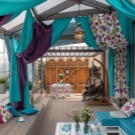
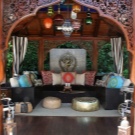
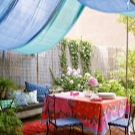
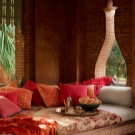
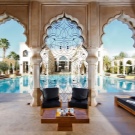
See below for more details.





























































The comment was sent successfully.